Why Large Space Buildings Favor Truss Structures So Much!
In recent years, with the rapid development of the economy and building technology, various forms of Steel structures have been widely used in large space buildings such as stadiums, airports, stations, production lines, exhibition centers, and theaters. Among these, truss structures, as a part of steel structures, have been extensively utilized.
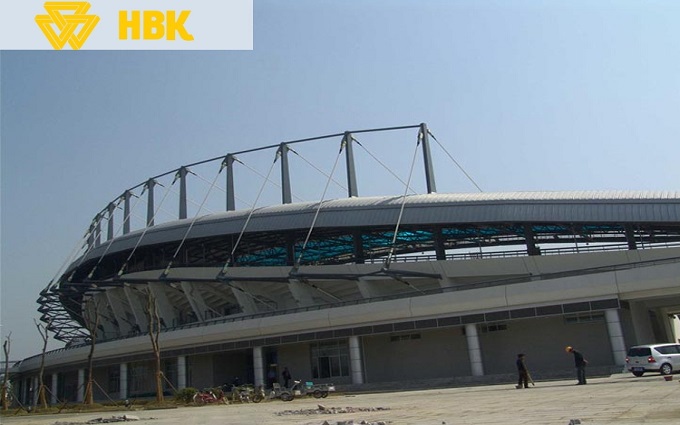
**Truss Engineering Cases: Sports Center**
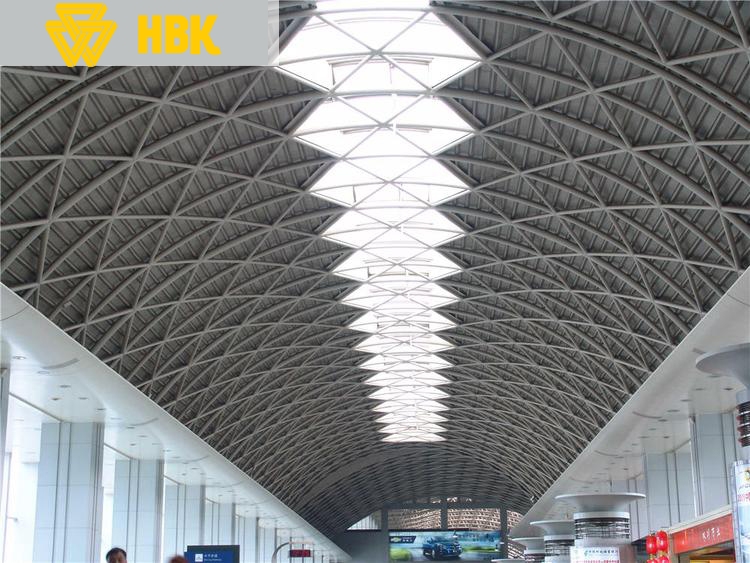
**Truss Engineering Cases: Airport**
Steel tube structures were initially used in offshore platforms and nearshore structures. In 1947, the first modern offshore platform was built in the Gulf of Mexico. At that time, the related performance of steel tube welding had not been fully explored. This project amazed people with the superior performance of steel tube structures and prompted further exploration in the field of steel structures.
In 1994, Kansai International Airport in Japan was completed and put into use. The airport adopted an inverted triangular space truss structure as the roof truss, which suffered almost no damage during the 7.2-magnitude Osaka-Kobe earthquake in 1995. It was considered one of the most outstanding buildings of its time, proving the superior seismic performance of space truss structures.
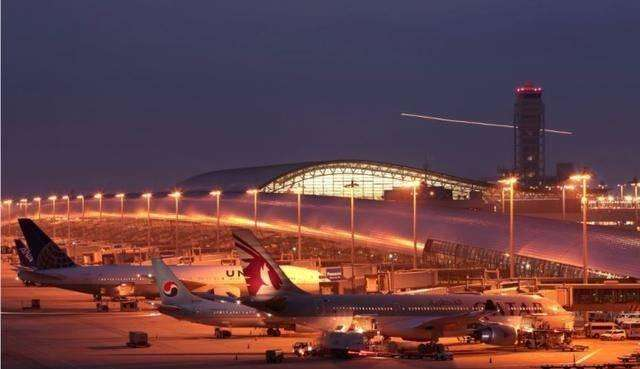
The departure hall of Stuttgart Airport in Germany uses a tree-shaped support structure with cast steel nodes and steel tube components, characterized by its novel, concise, and lightweight design.

The Ovol–Lingotto Sports Hall has a building area of approximately 26,500 square meters. The venue's roof adopts a space truss structure, safely suspended without any intermediate supports, creating an independent space.
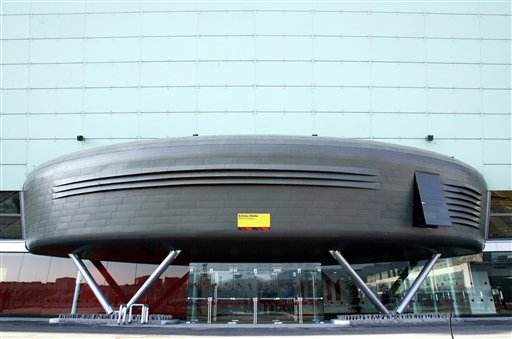
China's steel structure development started relatively late. However, with the annual increase in steel production and the continuous maturation of relevant technical standards, large-span space truss structures have seen significant development during this period.
In 2002, Shenzhen's iconic building—Shenzhen Bao'an Stadium—was completed, covering an area of 80,000 square meters and utilizing a large cantilever space truss structure.
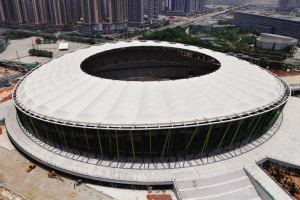
In 2007, as one of the football venues for the 2008 Beijing Olympics, the Shenyang Olympic Sports Center was completed. This stadium, which can accommodate 60,000 spectators, features a main arch truss structure with a total length of 360 meters, making it the largest truss structure in China.
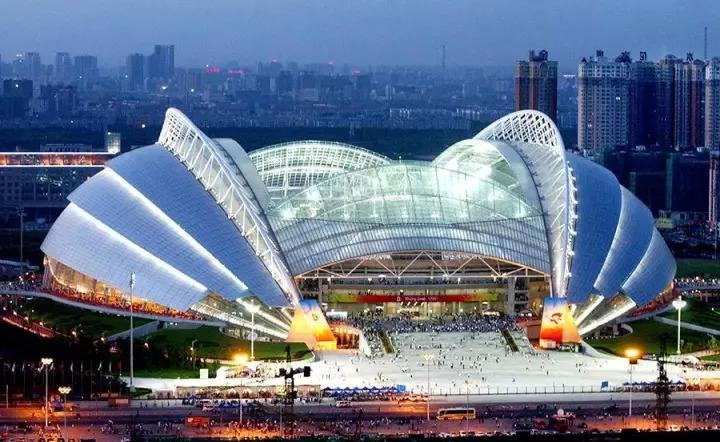
In 2008, the milestone truss building in China, the Bird's Nest, officially opened. The venue's design resembles a container, with a fluctuating exterior that softens the building's mass and imparts a dramatic and striking form. The Bird's Nest covers an area of approximately 100,000 square meters, with a roof structure composed of interlaced space trusses in the shape of a bird's nest.
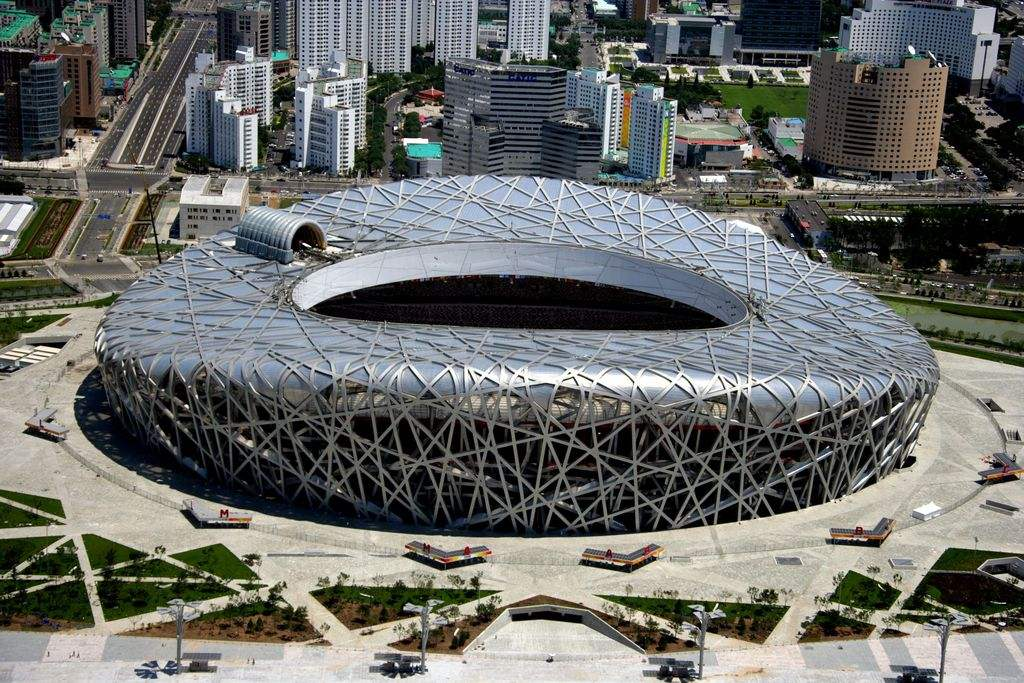
In 2013, the Suzhou Industrial Park pedestrian street used a space truss structure to lay a sky corridor, shaped like a flowing ribbon. This structure is unique and ranks first in the world in scale.
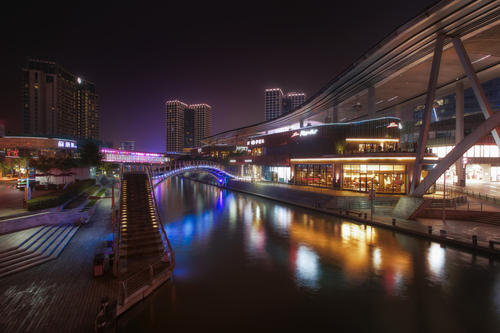
In addition, the Shanghai 80,000-seat Stadium, Shenzhen Convention and Exhibition Center, Guangzhou Stadium, Guangzhou New Baiyun International Airport Terminal, and Sanmenxia Sports Center Stadium all use truss structures.
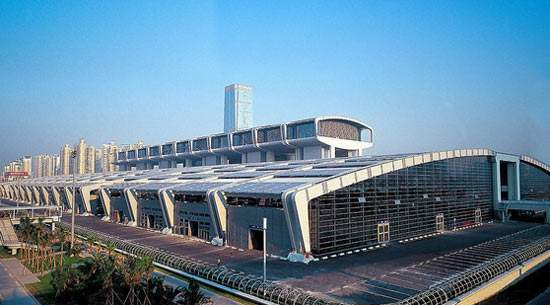

Why Are Trusses Widely Used in Large Space Buildings?
Space trusses are favored in large space buildings primarily due to their excellent load-bearing and stability performance. The structural forms of space trusses can be divided into triangular space trusses, quadrilateral space trusses, polygonal space trusses, and variable-section space trusses based on the cross-sectional form of the truss.
Compared with traditional open-plane trusses, space trusses are three-dimensional structures where the three chords are not in the same plane, providing greater lateral stiffness and out-of-plane stability, reducing the need for lateral support and saving on steel usage. Additionally, the material distribution of the truss sections around the axis is uniform, providing good stability in all directions, symmetrical structure, large radius of gyration, and excellent force performance. The closed ends of steel tubes in truss structures effectively prevent internal rusting and water accumulation, providing good anti-corrosion effects.
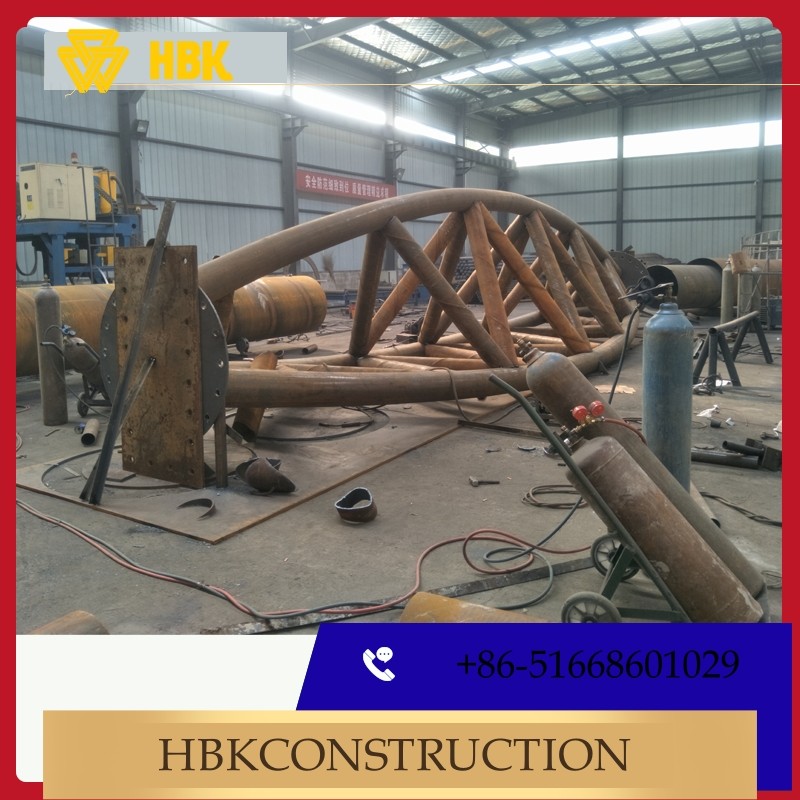

Compared with grid structures, space trusses use intersecting nodes welded at intersecting lines, accommodating various structural forms and curved shapes like circular arches, offering a smooth and graceful visual effect without difficult-to-paint or easy-to-dust positions, making post-maintenance easier. The truss, being a unidirectional force-bearing structure, uses fewer members than grids for most unidirectional force-bearing rectangular buildings, making the structure lighter and more material-efficient.
As more scholars conduct in-depth research on the performance of large-span trusses, the factors limiting the development of space truss structures will gradually be resolved and improved. Space truss structures will be applied to various types of new buildings, ushering in a bright future for development!
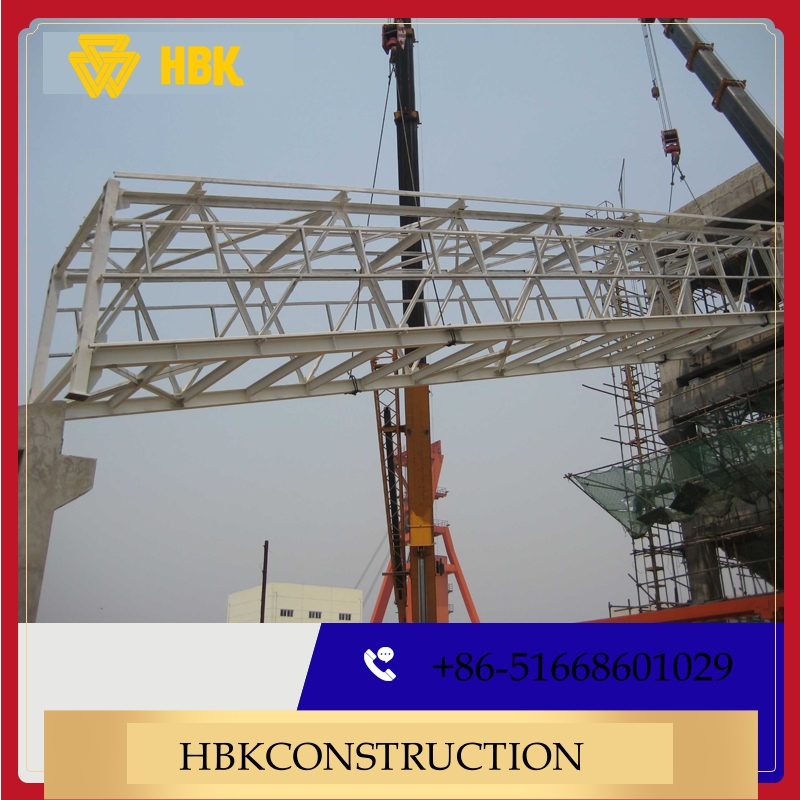
RELATED NEWS
- Efficient Canopy Structures: Enhancing Gas Station Functionality and Aesthetics 2024-07-05
- Gas Station Construction Budget: How Much Does It Cost to Build a Gas Station? 2024-07-04
- Eight Key Factors in Aluminum-Magnesium-Manganese Roof Design 2024-07-04
- What Are Roof Purlins? What Are the Principles of Roof Purlin Layout? 2024-07-03
- Characteristics of Hangar Tents 2024-07-03
Categories
Latest News
Contact Us
Contact: Mr.Lu
Phone: +86-51668601029
E-mail: hbktech@163.com
Whatsapp:86+15152106218
Add: 1412, Building 2, Vanke Huaihai Xintiandi, Block 3, Quanshan District, Xuzhou City, Jiangsu Province
